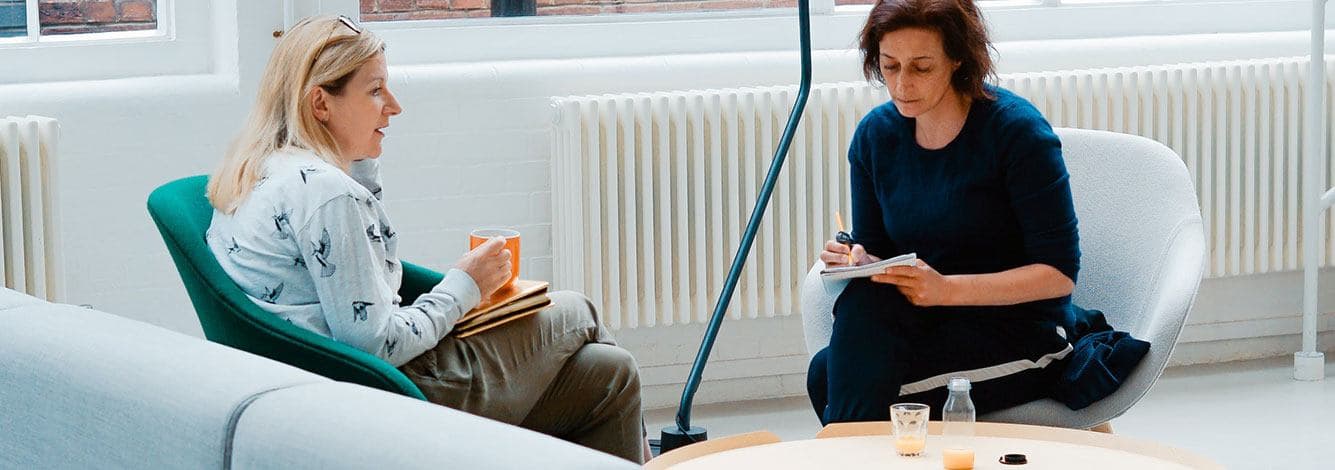Are you a morning person or a night person? Social scientists have casual shorthand for these two chronotypes – “larks” for early risers and “owls” for those who thrive at night. While most couples fall somewhere in between, differing preferences can impact relationship harmony.
The science of chronotypes
The latest research reveals some fascinating insights into the science of chronotypes and how they can influence relationship dynamics. A large international study 1. analyzed the sleep habits of 3,787 healthy volunteers during COVID-19 stay-at-home orders, when work and social schedules were disrupted. The findings challenge some common assumptions about “larks” and “owls.”
The study found that when people had the freedom to choose their own schedules, a whopping 66.8% shifted to a later, more “evening” chronotype. Interestingly, only 12.6% were true larks during quarantine, 21.7% had “typical” sleep schedules, and 16.3% had completely desynchronized sleep patterns by the end. Additionally, 13.1% alternated between different chronotypes.
So while we tend to think of chronotypes as relatively fixed – you’re either a morning person or not – in reality, they appear to be fluid and heavily influenced by environment. The study authors concluded: “The changes in daily temporal patterns of humans during a prolonged stay-at-home situation indicate that human sleep habits may change according to existing living conditions.”
Couples out of sync
This has important implications for couples negotiating different body clocks while confined together for extended periods. With more freedom over their schedules, a significant number of people will naturally gravitate to a night owl rhythm, even if they were previously early birds. And partners’ chronotypes are likely to shift and evolve over a lifetime together, as circumstances change.
Does this spell doom for lark-owl pairs? Not at all. But it does require open communication, empathy and flexibility to keep things harmonious. The goal shouldn’t be to overhaul each other’s inborn tendencies, but rather to find ways to accommodate differences. Here are some tips:
Finding a middle ground
- Have an honest, judgment-free conversation to understand each other’s body clocks and preferences. What time of day do you each feel most energetic, focused, social, tired? When do you prefer to go to bed and wake up? Try to let go of labels like “lazy” or “boring” and respect your different rhythms.
- Identify windows of time when your energy levels and alertness overlap, and protect those for spending quality time together. Maybe it’s a shared lunch break, or winding down together for an hour in the evening before the owl partner’s second wind kicks in. Focus on syncing up your “prime times.”
- Divide tasks and responsibilities according to your strengths. A lark can take charge of morning chores like making breakfast and walking the dog, while the owl handles evening duties like dinner cleanup and tucking in the kids. Sync your to-do lists with your body clocks.
- Build in alone time for each of you to honor your natural rhythms without impacting the other. That might mean sleeping in separate rooms sometimes so no one has to tiptoe around in the morning or stifle their night owl energy at 10pm. With more space to be yourselves, you can come together refreshed.
- Keep in mind that chronotypes often shift with age and stage of life. What worked when you were child-free 20-somethings may need to be renegotiated when you have a baby or become empty-nesters. Be open to revisiting arrangements as your internal clocks evolve.
Embracing diversity in sleep needs
Ultimately, the recent research affirms that humans are biologically diverse when it comes to sleep needs and preferences. And those differences can be magnified when our usual routines are upended. As many couples have discovered during COVID lockdowns, our chronotypes may not be as fixed as we thought. The key is to be mindful of each other’s rhythms day-to-day.
While studies show a significant portion of the population falls into “lark” or “owl” chronotypes, the reality is that most of us are a little of both, and our tendencies can change over time. Especially under quarantine conditions, owlish habits are likely to emerge in even the earliest of birds. The most resilient couples will be those who can adapt their schedules and expectations accordingly.
By letting go of rigid roles and learning to sync and split activities in a way that optimizes each partner’s internal clock, couples can find a middle ground at any stage. Coronavirus restrictions have shone a light on how much chronotypes matter in relationships. But these insights will continue to serve couples long after lockdowns have lifted. The more we understand about our body clocks, the better we can work together with our loved ones to find that sweet spot of connection, even if we’re operating a few hours apart.
References
Orit Rome, Leor Sinai, Rachelle Sevitt, Ayela Meroody, Marnie Nadolne, Philip Shilco, Geoffrey P. Jacobs, Michael Shterenshis, Abby Sosnow, Maya Foonberg, Elijah Faridnia, Ariel Emrani, Liana Hiekali, Candice Shohed, Taylor Golshan, Yulia Roitblat, Jacob Burger, Michael Vaiman, Liliia Nehuliaieva, Noa Buchris, Michael Shterenshis. (2021).
Owls and larks do not exist: COVID-19 quarantine sleep habits. Sleep Medicine, Volume 77, , Pages 177-183, ISSN 1389-9457.


